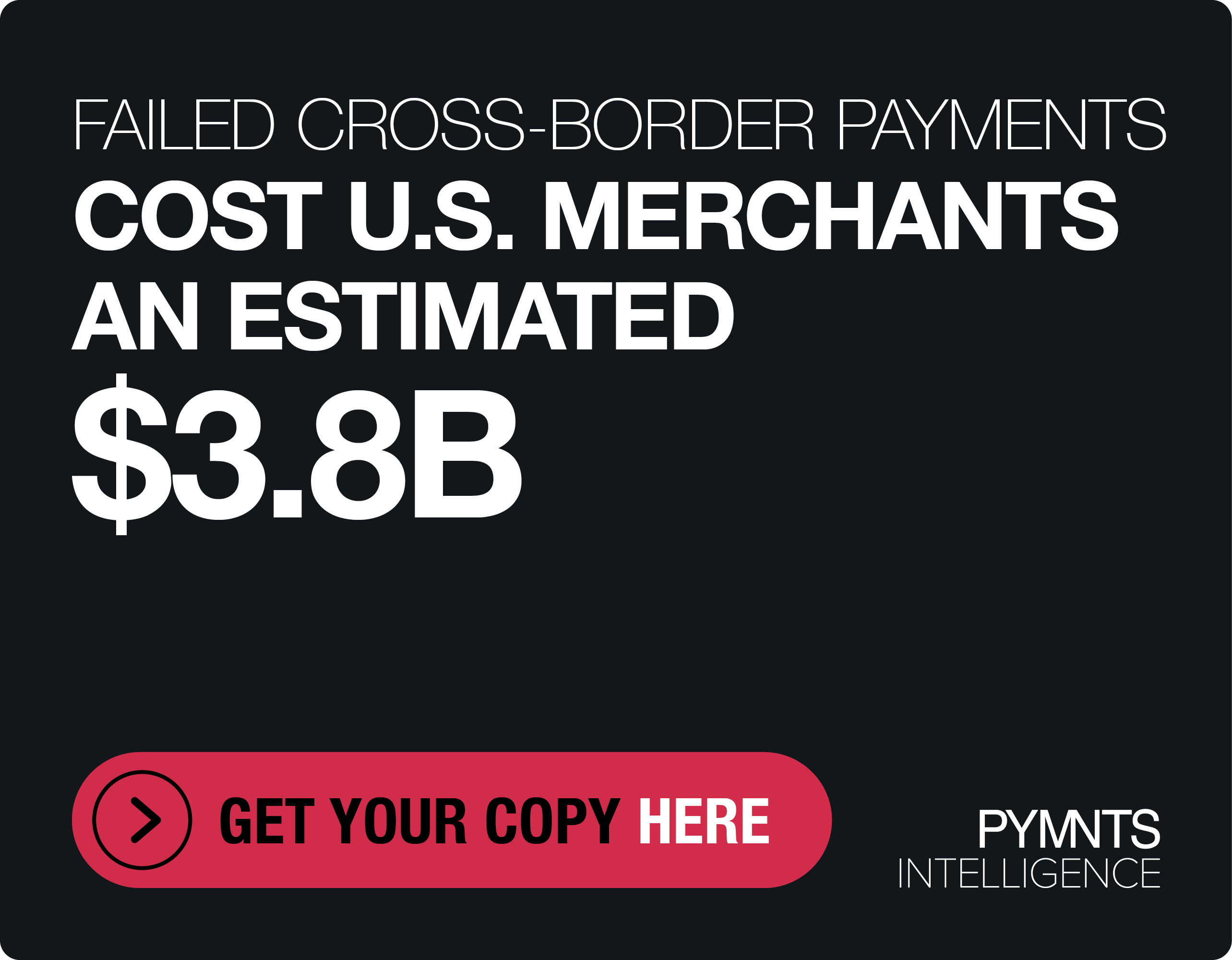DoorDash Looks to Office Events to Deliver Growth to its B2B Unit

As food delivery aggregators look to drive spending with consumers and businesses alike, DoorDash, the United States’ leading aggregator, is setting its sights on workplaces’ corporate event spending.
The company announced Thursday (Nov. 17) a partnership with coworking space provider WeWork to be the exclusive delivery provider for such occasions.
“We’re thrilled to be the exclusive delivery partner for community events at hundreds of WeWork locations across the U.S. and Canada,” said Manushika Gabriel, director and general manager, DoorDash for Work. “With WeWork, we have a great opportunity to share the value of DoorDash for Work with the WeWork community by powering meal perks that we know employees truly value.”
The partnership, part of the aggregator’s DoorDash for Work B2B arm, spans 200 WeWork sites in the United States and Canada.
“Our partnership with DoorDash for Work allows us to provide our members with high-quality experiences and benefits that can help them to do their best work and collaborate,” Jeff Lesser, head of brand partnerships and events, U.S. and Canada at WeWork, said in the news release.
Aggregators have been competing in recent years for employers’ spending. Still, this partnership marks a different approach to the B2B space, going after the worksite chain instead and focusing specifically on events. Most aggregators’ corporate efforts have been centered on meeting in-office and remote workday lunch and after-hours dinner needs.
DoorDash, for its part, announced a range of new B2B features in September. The country’s second-most popular aggregator, Uber Eats, has its Uber for Business office food delivery offering, which includes employer-provided on-site meals, stipends for remote workers and more. Number three player Grubhub, for its part, has its Grubhub Corporate accounts, similarly offering team meals, employer-provided individual meals, catering and other services.
Food can be a powerful motivator for employers looking to draw consumers back into the office. In an interview with PYMNTS, Stefania Mallett, CEO and co-founder of ezCater, an online marketplace startup connecting businesses with restaurants and caterers, cited findings that nearly two-thirds of workers who decide when to come into the office or to stay home would plan the days they work on-site based on which days their employer offered free meals.
“Today, employee lunch in many sectors is getting awfully close to a requirement as a retention tool,” Mallett asserted.
The February edition of PYMNTS’ ConnectedEconomy study, The ConnectedEconomy™ Monthly Report: Working In The “Whenever, Wherever” Office, which drew from a survey of around 2,500 U.S. consumers, reveals that 51% reported splitting split their workdays between working remotely at home and working at the office. Thirty-five percent, meanwhile, exclusively work on-site.
Read the report: The ConnectedEconomy™ Monthly Report: Working In The “Whenever, Wherever” Office
Additionally, research from the September edition of PYMNTS’ ConnectedEconomy study, The ConnectedEconomy™ Monthly Report: The Work-From-Anywhere Summer, which draws from a survey of more than 2,700 U.S. consumers, found that 17% of middle- and high-income consumers work remotely from somewhere other than their home every day.
Get the study: The ConnectedEconomy™ Monthly Report: The Work-From-Anywhere Summer
